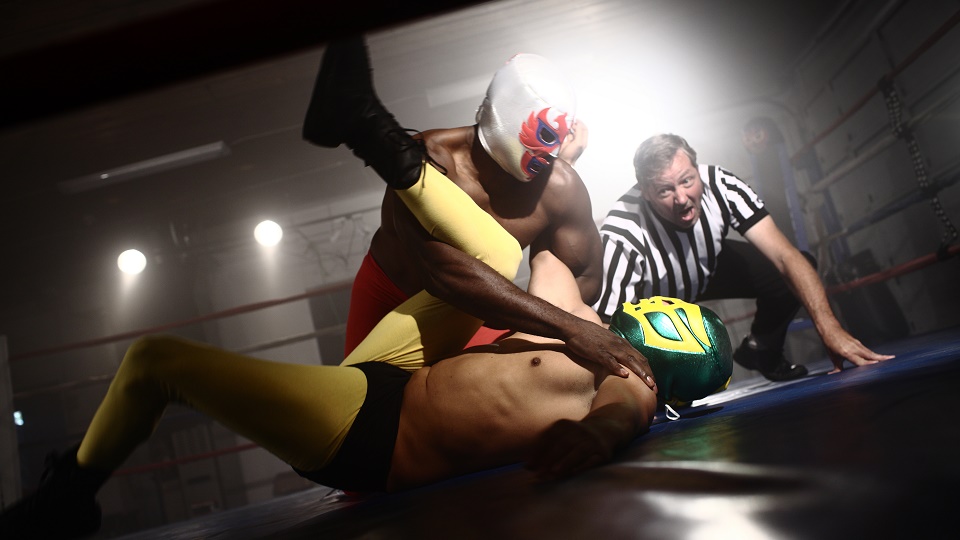Abusive behaviour, violent risk taking, scandals, drug use, misogyny, homophobia and racism have characterised professional wrestling since its inception from the 19th-century fairground onwards. Even during the filming of Mr. McMahon, which explored the controversial career of the professional wrestling promoter Vince McMahon, allegations of real-life misdemeanours hit the news.
For all its performativity and spectacle, wrestling is decidedly dangerous. The risks of wrestling have been captured on the big screen by movies such as The Wrestler (2008) and, most recently, Iron Claw (2024). While it is one of the biggest entertainment industries in the world, its troubled history remains difficult to reconcile for both fans and wrestlers.
As Atlas’s rather sheepish comment might suggest, there is no doubt that professional wrestling is safer and more equitable today than it was in the 1990s. And yet, as the 2020 #SpeakingOut movement showed in graphic detail, there is much more to be done. Several wrestlers took the brave step of sharing their experiences of “locker room” culture and widespread sexual harassment as part of the online campaign.
There are, however, some barriers to making improvements. As I have explored in my research, wrestling’s unusual identity as not-quite-a-sport, not-quite-an-art but probably-both-and-neither, means it does not come under typical jurisdictions or guidelines.
Because wrestling is difficult to define it is, therefore, difficult to legislate and virtually impossible to govern in any meaningful way. This allows things to unintentionally (or sometimes intentionally) fall through regulatory gaps.
Set up a rugby club tomorrow and the Rugby Football Union would soon be knocking on your door to ask about concussion protocol or safeguarding. Set up a wrestling school or promotion and, well, no-one will demand anything.
Continues at…

For the full article by Professor Claire Warden visit the Conversation
